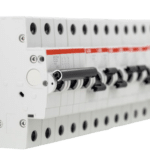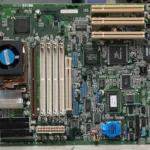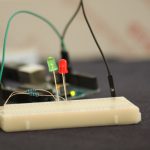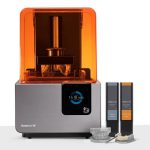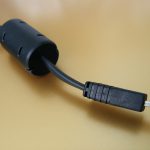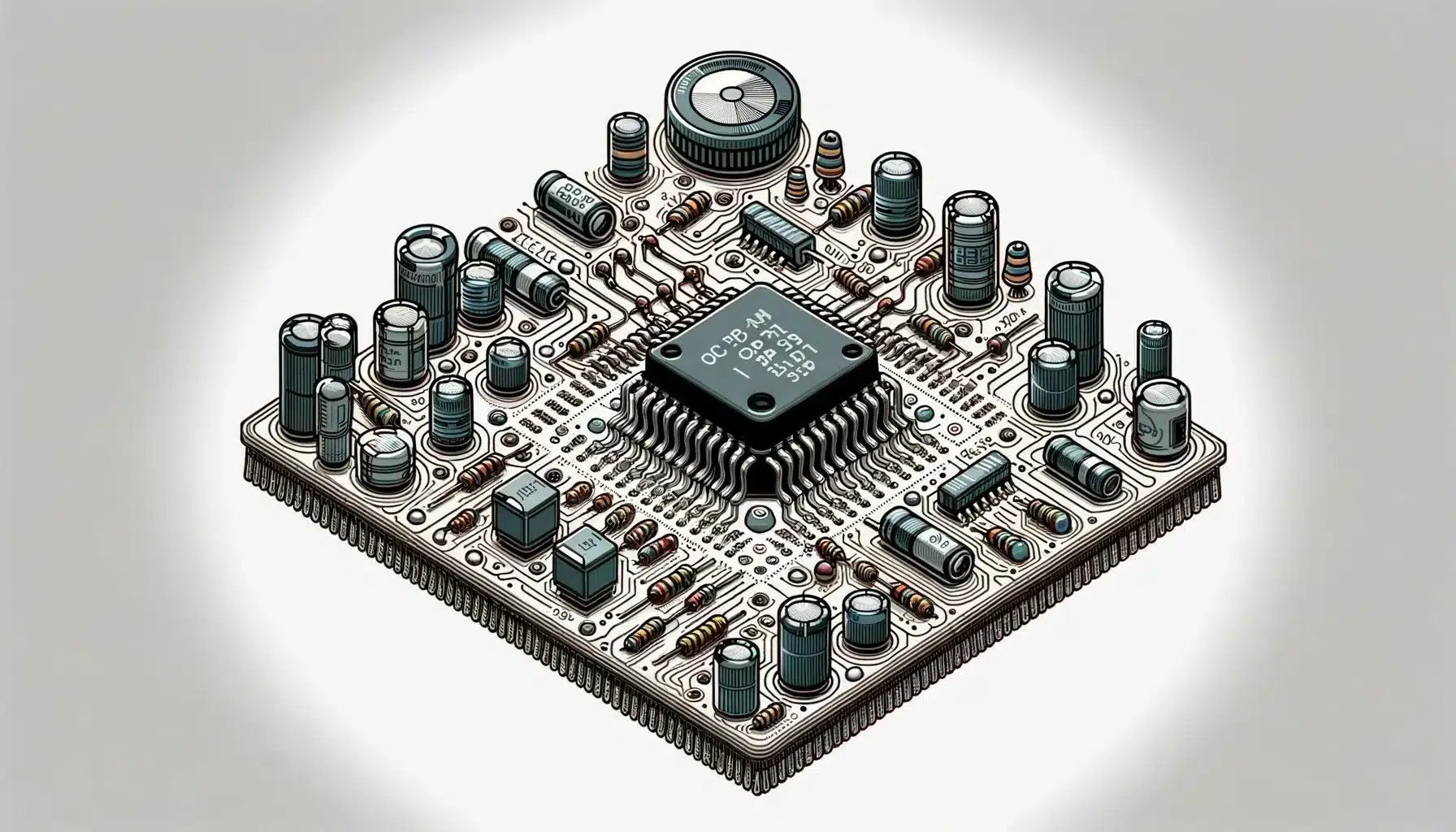
Introduction
In the world of electronics, particularly in analog circuits, the operational amplifier (op amp) stands as a cornerstone component in signal processing and amplification. Its versatility and ubiquitous presence make it indispensable, particularly in analog front-end (AFE) designs. However, selecting the right op amp for a specific application is crucial for achieving optimal efficiency and performance. This article examines the critical considerations and best practices for choosing the right op amp for analog front-end efficiency.
Understanding Analog Front-Ends
Analog front-end circuits typically consist of various components such as amplifiers, filters, analog-to-digital converters (ADCs), and signal conditioning circuits. These interfaces process incoming analog signals (like sound, light, or electrical signals) before they are digitalized. Additionally, AFEs involve several stages, including amplification, filtering, and signal conditioning, with the operational amplifier playing a pivotal role in each of these stages. Op amplifiers amplify sensor signals to levels suitable for filtering and conversion.
What is the Role of Op Amps in AFE?
Operational amplifiers serve as the backbone for signal conditioning, making them a significant component in analog AFE designs. Op amps amplify weak signals, buffer outputs, and isolate different stages of the circuit, preventing loading effects. Similar to inverting op amp configuration, op amps can also be part of integrators and active filters, optimising overall system performance in various applications––from medical instrumentation to communication systems.
Key Parameters for Op Amp Selection
Selecting the correct op amp involves understanding several key parameters that impact AFE performance, including:
Bandwidth and Gain-Bandwidth Product
The bandwidth of an op amp must match or exceed the frequency range of the input signal. The gain-bandwidth product (GBW) indicates the frequency at which the op amp’s gain starts to decrease. A high GBW is essential for high-frequency applications.
Input and Output Characteristics
- Input Offset Voltage: This is the differential input voltage required to make theoutput voltage zero. A low input offset voltage is preferred for precision applications.
- Input Bias Current: This is the DC current required at the op amp’s input. Low input bias current is crucial for sensor applications to minimise error.
- Output Swing: It refers to the range of voltages that the op amp can output. Ideally, the output swing should closely match the supply voltage to maximise dynamic range
Power Consumption
Power efficiency is critical in battery-operated devices. Op amps with low quiescent current reduce power consumption without compromising performance.
Noise Performance
Noise is an inevitable part of electronic circuits but can be minimised with the right op amp. Low-noise op amps are essential for applications where signal integrity is critical, such as audio processing and medical instrumentation.
Consideration of Environmental Factors
Environmental factors, including temperature, humidity, and electromagnetic interference, can greatly impact the overall efficiency and reliability of op-amps in analog front-end circuits. Engineers should select op-amps with robust specifications and consider additional measures such as shielding, thermal management, and conformal coating to mitigate the effects of environmental stressors.
Common Op Amp Types and Topologies for AFE Applications
Op amps come in various types and topologies, such as those available from Analog Devices, each suited to different applications and performance requirements. Some common op amp types include:
- General-Purpose Op Amps – These op amps offer performance balance and cost-effectiveness, making them suitable for multiple applications.
- Precision Op Amps – Precision Op amps feature low offset voltage, low drift, and high common-mode rejection ratio (CMRR), making them ideal for precision instrumentation and measurement applications.
- Low-Noise Op Amps – Designed to minimize noise, these op amps are suitable for applications where signal fidelity is paramount, such as audio processing and medical instrumentation.
- High-Speed Op-Amps – With high GBWP and slew rate, these op-amps are suitable for applications requiring fast signal processing, such as data communication or high-speed instrumentation.
- Low-Power Op Amps – Optimised for low power consumption, these op amps are ideal for battery-powered and portable devices and energy-efficient systems.
Exploring Application-Specific Op Amp Selection
The choice of op amp can vary significantly based on application requirements, such as:
High-Precision Applications
Op amps with ultra-low offset voltage, low drift, and high linearity, such as ADA4528-1, are preferred for applications where robust precision is required, such as medical devices and instrumentation.
High-Speed Applications
Op amps must handle high frequencies in communication systems and video processing. High GBW and slew rate are important characteristics here. Examples include the NE5532 or OPA2134 op amps.
Low-Power Applications
In portable and IoT devices, where power efficiency is paramount, choosing op amps with low quiescent current and good power supply rejection ratio (PSRR) is essential.
Future Trends in Op Amp Technology
Advancements in semiconductor technology are pushing the boundaries of what’s possible with op amps. New materials like gallium nitride (GaN) and silicon carbide (SiC) are being explored for their potential to create op amps with even higher efficiency and thermal performance. These materials could revolutionise power-sensitive applications by drastically reducing energy consumption and improving operational lifespans.
Bottom Lines
Choosing the right op amp is paramount for achieving optimal efficiency and performance in analog front-end designs. By considering the factors outlined in the article, engineers can indeed select the most suitable op amp for their specific application. Whether it’s precision instrumentation, audio processing, or biomedical signal conditioning, the right op amp can make all the difference in ensuring the success of an analog front-end design.







